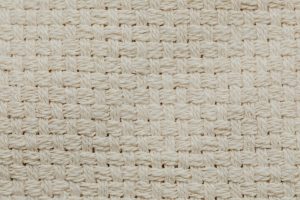Multi-Generational Homes: Growing a Family Under One Roof
As family dynamics continue to evolve, so do the housing options for growing households. Multi-generational homes, where multiple generations of a family live under one roof, are becoming increasingly popular. While this living arrangement has been traditionally seen in cultures around the world, it is now gaining more attention in the Western world. In this article, we will explore multi-generational homes, their benefits, and how they are changing the concept of family living.
The Rise of Multi-Generational Homes
According to the Pew Research Center, multi-generational living has been on the rise in the United States since the 1980s. In 2016, a record 64 million Americans were living in multi-generational households, comprising 20% of the population. This shift is due to various factors, such as rising housing costs, an aging population, and cultural attitudes towards family.
Benefits of Multi-Generational Living
The most significant advantage of multi-generational living is the increased support and care for family members. Grandparents can help with child-rearing, and adult children can provide care for aging parents. This arrangement also allows for shared expenses, allowing families to save money on housing costs.
Living under one roof also strengthens familial bonds. With busy schedules and long distances, it can be challenging for family members to spend quality time together. Multi-generational homes provide the opportunity for daily interactions, creating a sense of togetherness and support.
Designing for Multi-Generational Living
Multi-generational homes require careful planning and design to accommodate a diverse range of needs and preferences. These homes often have separate living spaces, such as a bedroom and bathroom, for each generation. This allows for privacy while still maintaining a sense of togetherness. Other features to consider include wider hallways and doorways for accessibility and a main living area that can accommodate a large group comfortably.
In addition to physical design elements, it is crucial to consider the unique needs of each generation. For example, seniors may require access to a first-floor bedroom and bathroom, while young children may need a designated play area.
The Changing Concept of Family
Multi-generational homes are revolutionizing the traditional concept of family. In the past, a household often consisted of parents and their children. However, the modern family is now expanding to include grandparents, aunts, uncles, and cousins. This shift is not just limited to cultural backgrounds; it is becoming increasingly popular among all generations and ethnicities.
Furthermore, multi-generational homes are promoting cross-generational socialization, where different generations can learn from one another. Younger family members can gain valuable wisdom and life experiences from their elders, while older family members can stay connected to the younger generation and keep up with current trends.
Challenges of Multi-Generational Living
While there are many benefits to multi-generational living, it is not without its challenges. One potential issue is the lack of privacy and personal space. Living with extended family means sacrificing some alone time, which can be challenging for introverted family members. Moreover, conflicts may arise due to differing views and preferences, leading to tension within the household.
Another challenge is the potential financial burden on the homeowners. While sharing expenses can alleviate some of the financial strain, it can also add pressure to provide for the entire household. Additionally, if the living arrangement requires renovations or modifications, it can be a significant investment.
Conclusion
Multi-generational homes are a growing trend that provides numerous benefits for families. They promote stronger relationships, shared expenses, and support for all generations. However, this living arrangement also comes with its challenges that need to be carefully considered. As the concept of family continues to evolve, multi-generational living is proving to be a viable and rewarding option for many households.










